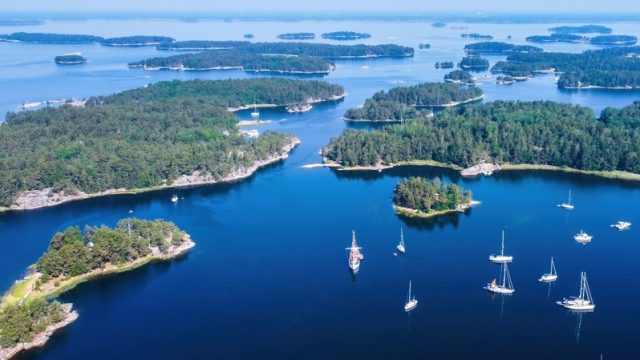
Nordic Countries Once Again Named “World’s Happiest”
Published on October 27, 2023
Nordic Countries Once Again Named “World’s Happiest” By Madigan Talmage-Bowers, TCS World Travel As in past years, Nordic and northern European countries have claimed the top spots on the list of “world’s happiest countries” in the 2023 World Happiness Report, an annual ranking that aims to quantify the aspirational concept of happiness around the globe […]
Keep reading
How to Tap Into the Culture Wherever You Go
Published on October 19, 2023
How to Tap Into the Culture Wherever You Go By Kelly Gould for ALG Vacations® If your home is a long-term relationship, then travel is the spark that keeps it going. It’s the return of the date night, the new look that reminds us we do love where we are and who’s beside us … […]
Keep reading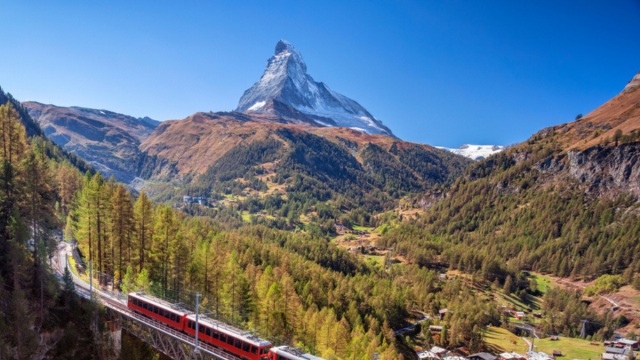
Rail Passes are the no-hassle way to explore Europe by train
Published on October 9, 2023
Rail Passes are the no-hassle way to explore Europe by train By Rail Europe Combine the romance and timelessness of trains with the discovery of Europe’s most coveted destinations for an unforgettable vacation. It’s easier than ever to take advantage of the continent’s vast rail networks, which boast frequent and reliable service, for a smooth […]
Keep reading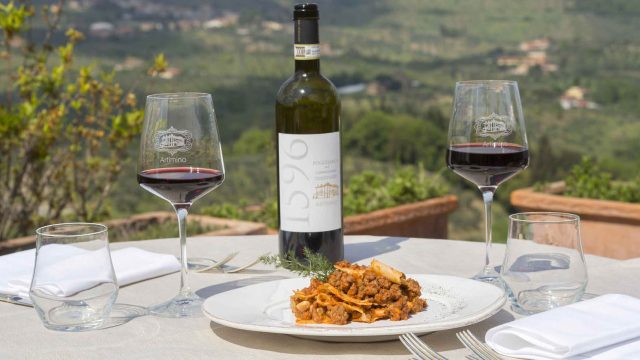
Savor the Journey: 5 Immersive Culinary Experiences for the Foodie in You
Published on September 28, 2023
Savor the Journey: 5 Immersive Culinary Experiences for the Foodie in You If the thought of learning to cook a delicious dish in a local kitchen makes your taste buds tingle with excitement, this post is for you. By Dominique Ferrari, Collette Ever considered donning a chef’s apron on your next vacation? We’ve curated a […]
Keep reading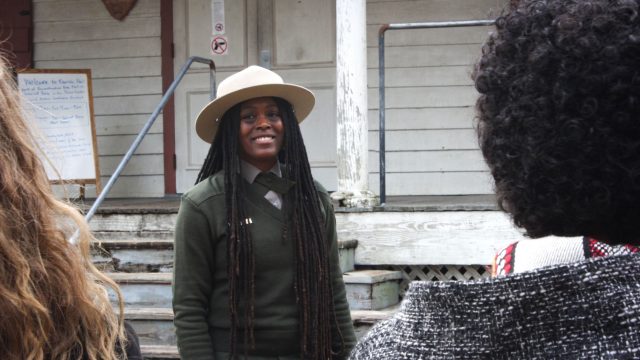
Unpacking travel privilege: Why Black representation matters in travel
Published on September 21, 2023
Unpacking travel privilege: Why Black representation matters in travel The travel industry needs to be more inclusive in its offerings and leadership. By Stephanie Jones and Matt Berna After three years of pandemic limitations, global tourism is expected to exceed 2019 levels. Along with it, there’s a rise in Black consciousness, which has created an […]
Keep reading
A first-person account of the Trans Bhutan Trail: memories of connection and community in one of the world’s most remote destinations
Published on August 31, 2023
A first-person account of the Trans Bhutan Trail: memories of connection and community in one of the world’s most remote destinations By: Heidi Durflinger, President of EF Go Ahead Tours The beauty of Bhutan struck me before I even set foot in the country. As I flew into the town of Paro, I was awed […]
Keep reading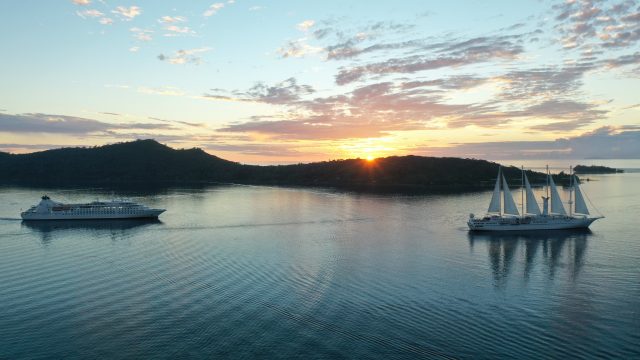
Tips for Planning Honeymoons and Destination Weddings at Sea
Published on August 23, 2023
Tips for Planning Honeymoons and Destination Weddings at Sea By Windstar Cruises Whether it’s a honeymoon in Tahiti or exchanging vows in the Mediterranean, a cruise delivers the perfect combination of romance and adventure. Small ship cruising caters to guests seeking intimate experiences, and from candlelit dinners to lounging on private beaches, there are endless […]
Keep reading
Passport Delays Causing Travel Chaos
Published on August 17, 2023
Passport Delays Causing Travel Chaos By: Steve Diehl, Chief Corporate Development Officer – CIBT It is the traveler’s worst nightmare; you’ve meticulously planned a trip abroad, you’re packed and ready to head to the airport, and then you realize your passport is expired. Or it is lost, or damaged, or does not have the minimum […]
Keep reading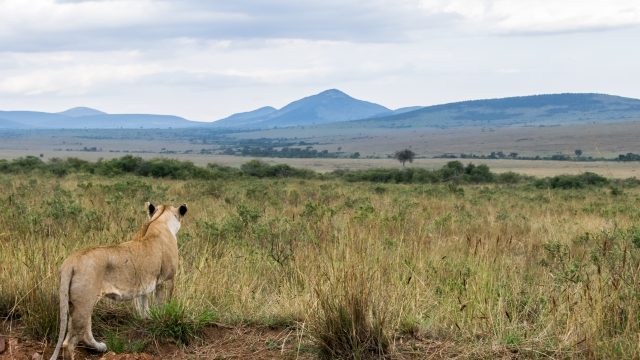
10 Surprises from African Safaris
Published on August 11, 2023
10 Surprises from African Safaris By Overseas Adventure Travel (O.A.T.) An African safari is a lifetime dream for many travelers drawn to the wildlife, game drives, and endless vistas. Overseas Adventure Travel presents the safari experience through the eyes and lenses of two Overseas Adventure Travel (O.A.T.) travelers, Barbara Robert and Petra Graves. Their photos […]
Keep reading
From “What to do?” to Fully Planned Family Adventure
Published on July 26, 2023
From “What to do?” to Fully Planned Family Adventure A Mom is one phone call away from the family trip of a lifetime By: Jennifer Tombaugh, Tauck President Last month, my summer vacation plans fell apart. One son’s internship started earlier than expected, my eldest daughter’s art project needed advanced prep, and our carefully planned, […]
Keep reading
